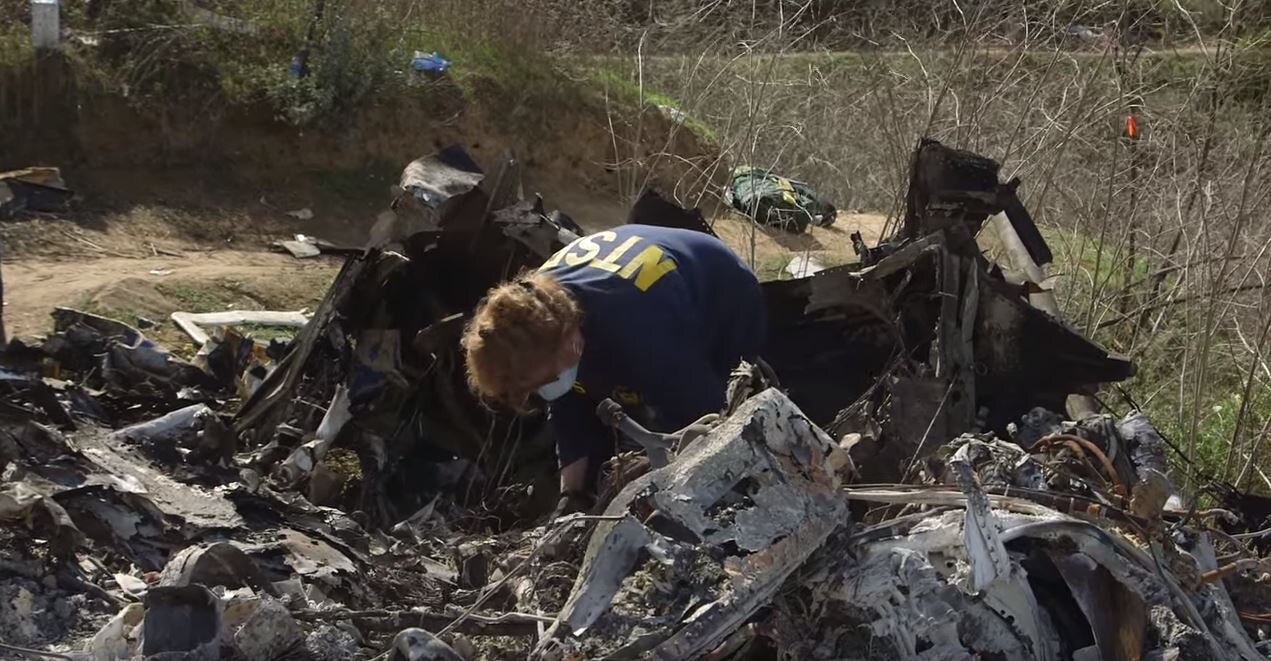
This is a question that lately has been asked during the oral portion of the practical test. It does not matter if you are going for a Private, Instrument or Commercial check ride, examiners are asking about SVFR due to the recent accident of Kobe Bryant.
With that on mind, we can ask ourselves the following two questions:
What happens if you are an aircraft under a VFR flight plan and you do not respect the VFR WX minimums for the airspace being flown?
a. VFR pilots are not expected to be in Instrument Meteorological Conditions (IMC) by Air Traffic Control (ATC). Lets say ATC is vectoring an aircraft that is inside a cloud (IMC) and since you are not respecting the weather minimums, and not on a instrument-flight plan, that airplane needs to be vectored away from you. Otherwise you can become a hazard to that aircraft and yourself, leading to a potential fatal collision. Since there is no visibly you both won’t be able to see and avoid.
Why do we have weather minimums for each class of airspace?
a. Weather minimums are created so you have enough time to see and avoid. That’s the reason why above 10,000 ft MSL, those minimums increase because at high altitudes, there are much more fast-moving jets, and you need more time and space to react. The higher the airspeed, the larger the turn radius of an aircraft. That is also why Transponders are required above 10.000ft MSL.
Can those VFR weather minimums be reduced, or may you skip them?
Special Visual Flight Rules (SVFR) are a set of aviation regulations under which a pilot may operate an aircraft. It’s a special case of operating under Visual Flight Rules (VFR). SVFR operations can only be conducted in controlled airspace around “an airport where that controlled airspace extends down to the surface and they can only be conducted below 10,000 ft MSL in such areas.
SVFR at night requires an IFR-equipped aircraft and an IFR-rated pilot in command. During days, being a private pilot will be enough. If you are a helicopter pilot, there is no minimum flight visibility requirement or a requirement for an IFR-equipped aircraft or an IFR-rated pilot in command. Basically, be ready to go IFR.
Between sunrise and sunset, the aircraft need not necessarily be equipped for flight under IFR, and the aircraft must remain clear of clouds with the surface in sight and maintain one statute mile visibility. The pilot continues to be responsible for obstacle and terrain clearance.
So now that you’ve decided SVFR is an option, who do you call? Flight service is a great place to start. While flight service can’t give you a SVFR clearance, they can coordinate with the air traffic control facility that is in charge of the airspace where you’re headed. FSS is a great place for VFR pilots to start because their frequency is marked on VFR charts, unlike center and approach control frequencies that you might have to dig in an airport facility directory.
When you call flight service, you’ll ask them for a special VFR clearance into a specific airport. Then they’ll call up ATC, get the clearance, and relay it back to you.
Now that you’ve asked for a SVFR clearance, the next question is, will you get it? As long as there’s no IFR traffic currently flying into the airport, you’ll most likely be cleared SVFR into the airport. However, if another airplane is in the class E airspace under IFR, you won’t get the clearance. That’s because IFR traffic has priority over SVFR. SVFR is never offered by ATC. It must be requested by the pilot in command.
Why use SVFR ?
SVFR should only be used as a last minute resort when there are no better, safer options. SVFR can become IFR very easily and increases the risk to the safety of flight. In all cases always try to find and airport with better weather, even if it means turning around or spending the night in the middle of Northwest Arkansas.
If you’re already under a cloud ceiling, special VFR is a good way to get to an airport that has better facilities. Big airports typically have better approach and runway lighting systems compared with smaller uncontrolled class G airports, and that gives you a big advantage in poor visibility. Plus, you’re more likely to have ramp tie-downs, taxicabs, and courtesy cars at the airport. After all, if you’re going to have to wait out the weather, you might as well do it from a comfortable FBO or coffee shop, rather than sitting in your airplane, waiting for the weather to clear.
Can you get SVFR in bigger airports?
You can get SVFR into larger airports as well, like classes D and C and even some B airports. However, many class C and B airports don’t allow SVFR; they’re listed in FAR 91, appendix D, section 3. (SVFR into Miami International Airport is not permitted)
It is really risky to take off with an SVFR to go fly in uncontrolled airspace. The weather can deteriorate really quick in that area too. You should never use SVFR to scud run or push your limits in bad weather; however, if you find yourself in rapidly changing conditions, SVFR is a good way to get yourself safely on the ground.

The National Transportation Safety Board investigates the wreckage of the helicopter crash which killed Lakers star Kobe Bryant and eight others on Jan. 26, 2020, in Calabasas, Calf. (Credit: NTSB)
If you are interested in reading the Final Report of what happened to Kobe Bryant and the occupants of that helicopter you can find the National Transportation Safety Board Report here.
Submit a Comment